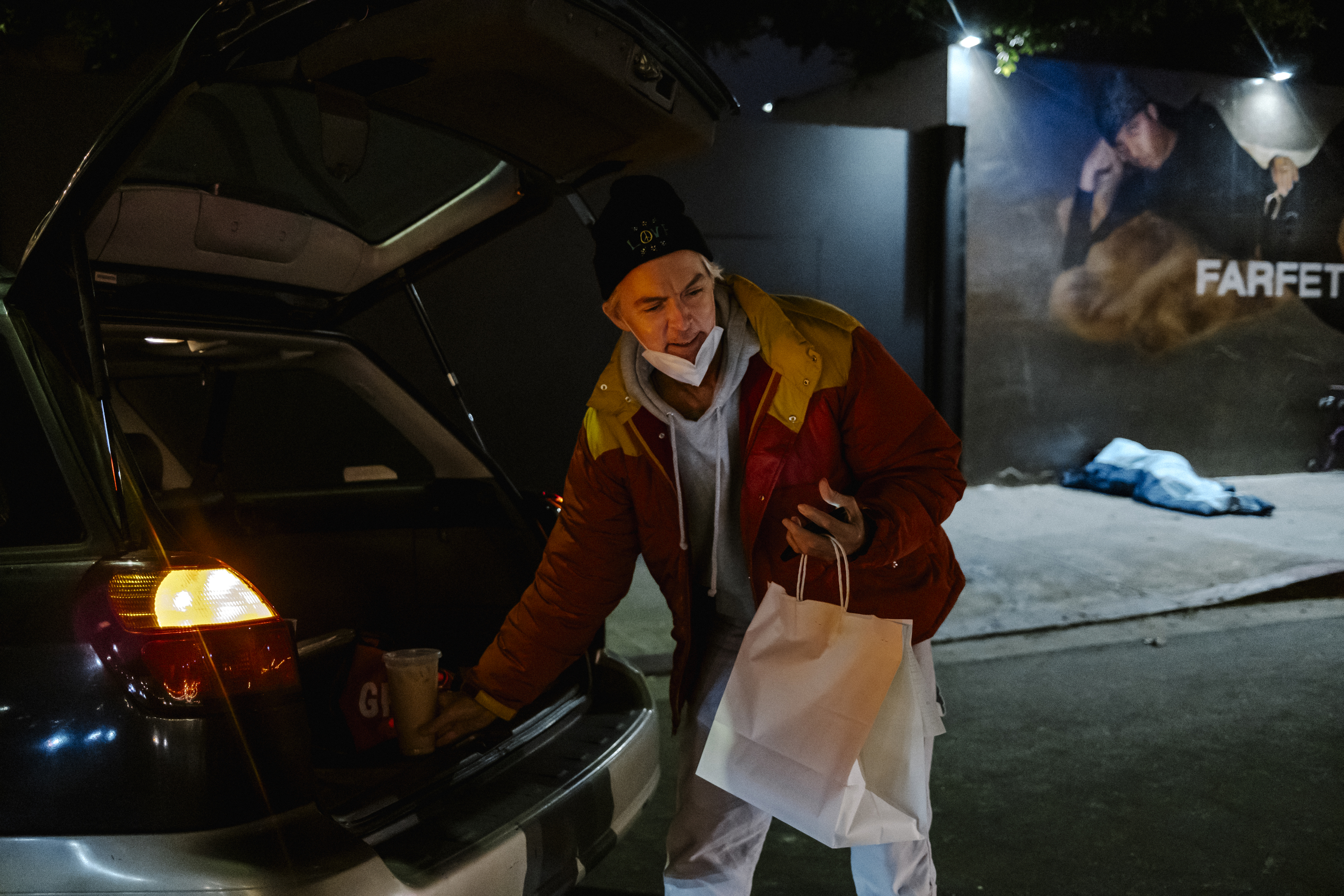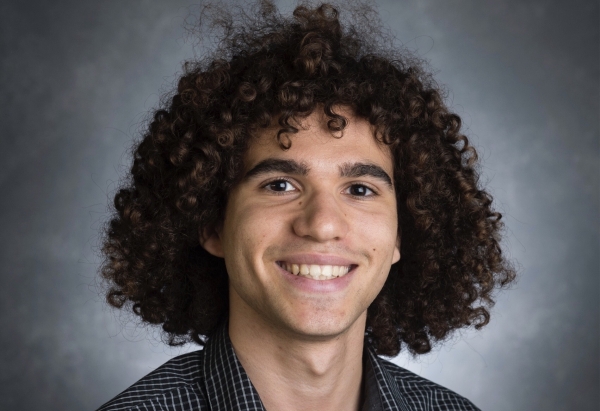Kellen Browning wins May Sidney for Portrait of App Delivery Drivers Struggling to Survive on Tips
Kellen Browning of the New York Times wins the May Sidney Award for “$388 in Sushi. Just a $20 Tip: The Brutal Math of Uber Eats and DoorDash” which follows food delivery workers trying to make a living in Los Angeles.
Since the apps pay only a nominal amount per delivery, most of the drivers’ income comes from tips. Drivers scramble to pick up big orders destined for swanky neighborhoods, navigating alleys where the reception is best, but no matter what they do, a tip is not guaranteed. The apps are designed to keep drivers guessing: the customer decides how much to tip when they place the order, but the driver won’t know exactly how much it is until after they drop off the food.
One driver spent two hours delivering a $2,500 order of tacos to a music studio, only to receive a $50 tip. A $500 grocery order yielded him just $5.
The rise of contactless delivery has made drivers’ lives even harder, as customers seem to find it easier to stiff a person they won’t have to look in the eye. The drivers are also battling fierce competition, limited parking and high gas prices.
In 2020, California adopted a law known as Proposition 22, which extends limited benefits to some drivers, but stops short of classifying them as employees.
“Browning tells the stories of food delivery drivers with compassion and insight,” said Sidney judge Lindsay Beyerstein. “These workers were briefly hailed as heroes during the pandemic but have once again been rendered invisible and disposable by companies that won’t pay them a living wage and customers who won’t tip.”

Backstory
Q: How long did you spend reporting this story and how did you divide your time?
A: I worked on it for about four months, on and off. I took three trips down to Los Angeles to speak with delivery drivers, and spent more than 30 hours driving around with them as they completed deliveries and waited in their cars outside restaurants. A lot of the work came near the end of the process, tying everything together, doing follow-up calls and chasing down loose ends, but this story stuck out for the amount of actual in-the-field reporting that I did.
Q: What percentage of a typical Doordash driver’s income comes from tips?
A: That’s a complicated question. For the food delivery drivers I was writing about – who have a specific strategy, in that they decline most orders in favor of large deliveries to wealthy neighborhoods, where they are more likely to get a big tip – tips might make up 80 or 90 percent of their total earnings. For other drivers, who are seeking quantity over quality, and deliver a greater number of small orders with lesser tips, it could be closer to 50-50.
Q: One of the drivers remarks that the quest for high-value orders is like gambling. As someone who covers both gaming and delivery, do you think that app companies have deliberately gamified the experience in order to hook drivers?
A: That’s certainly how drivers feel about it, and there are definitely similarities. Various bonuses offered in driving apps, like incentives for completing a series of trips in succession, do feel like some sort of power-up or special bonus you might get in a game. There’s also a sense among drivers that the trips or orders come more quickly when you’ve first signed up for the app, getting you hooked on the idea that you can make money easily, and then get scarcer over time, although this is anecdotal.
I should note, though, that the way drivers are behaving in my story – declining most orders in search of high-value ones – is not what the companies want. DoorDash in particular made it clear that they have determined the best way for drivers to make money is to accept a higher volume of trips. That’s also convenient for DoorDash, which benefits from drivers accepting most trips, not declining orders and keeping the system functioning.
Some driver advocates push for drivers to be more cognizant of how they’re making money, and try different methods like the ones described in my story, rather than accepting each order without question. There’s even a term for it: cherry picking. “They want you to play their game. I’m not going to play your game – I’m going to play my game,” one driver told me.
Q: What’s the latest on Prop 22, the California law passed to protect gig workers? Is it in effect? Are you seeing impact on the ground?
A: Proposition 22 is still in a bit of legal limbo. Passed by voters in 2020, it was thrown out by a district court judge in 2021, then mostly reinstated by a state appeals court earlier this year. A labor union is appealing that decision to the state Supreme Court. In the meantime, drivers say they are seeing some benefit; those who drive often enough get a health stipend, and some drivers get twice-a-month payments to bring their pay up to the minimum laid out in Prop 22. But that comes at the expense of being classified as independent contractors rather than as employees. Labor advocates say gig drivers are being misclassified, because the gig companies exert significant control over how they work, and that drivers are being deprived of a wider range of benefits and labor protections that come with employee status. In fact, the idea that Prop 22 was a law “passed to protect gig workers” is a contentious one. The companies say this is what voters and drivers wanted, and that it gives drivers more benefits. Labor groups argue that both voters and drivers were misled by the companies, who mostly wanted to lock in drivers as independent contractors rather than employees to avoid higher costs.
Q: Did anything funny or unexpected happen when you were reporting this piece?
A: There were a number of funny or unusual deliveries. One driver I was with delivered a snack to a group of teenagers who were standing on the sidewalk of an upscale neighborhood smoking weed. He also delivered to a late-night music class in an office complex, and the music teacher didn’t leave a tip. I’m told young people and kids often leave the worst tips. Another driver had to carry eight bags of groceries up some stairs at an apartment complex – but he actually did get tipped well for that one.
The other fascinating part of the story to me is the interaction between the drivers. There’s a grudging sense of respect – you’re doing this tough work, too – but also fierce competition, because every order someone else gets is one you missed out on. They also spend hours waiting next to each other in their cars nearly every night, so at some point you get to know each other.
Q: Every successful reporting project teaches you something that you’ll apply to future assignments. How did this assignment help you grow as a reporter?
A: This is the longest I’ve spent reporting on a story like this so far in my career, and also probably the most time I’ve spent on the ground gathering details and speaking with people. I learned a lot about the patience and organizational skills you need to produce a longer investigative feature like this.


